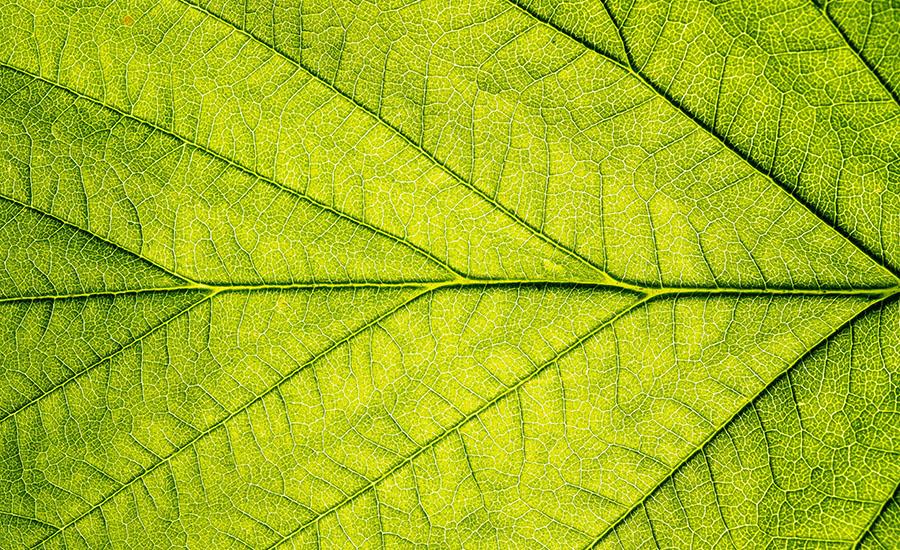
Exploring and Building Landforms Through Technology, Measurement and Fractions
by Arlette Johnson
In this integrated 3rd-grade lesson, students will explore different landforms, learn about fractions, and use technology to enhance their understanding. The lesson begins with an introduction to various landforms, followed by an exploration of real-world examples of landforms using Google Earth. Students then use fractions to create play dough and create a landform diorama using the play dough. Students measure their landforms to create bar graphs comparing the sizes of different landforms. This lesson offers numerous extensions for ELA such as creating a persuasive brochure about their landform diorama, and a descriptive paragraph detailing the features of their landform diorama. This multidisciplinary lesson ties together earth sciences, math, and English language arts, fostering a deeper understanding of how our planet’s features are interconnected.
Lesson Grade Level
3rd GradeLesson Plan Link/URL
https://docs.google.com/presentation/d/1e7FhOeV4WDCxiLaSSFEul1VKCHhcQ03u/edit?u…Subject Area
Science Earth and Space Science E1: Earth Systems Technology 3. Knowledge Constructor Mathematics Number and Operations—Fractions (NF) Measurement and Data (MD) English Language Arts (ELA) Reading (Informational Text) Writing Speaking & Listening
Featured
Off
Related Content

Grades:
9th Grade
This lesson plan focuses on the use of several materials to create a rocket and a launcher. Remodel the rocket as needed to validate Newton’s third law of motion and projectile motion.

Grades:
3rd Grade
Within eight 60 minutes class periods Design a native, pollinator friendly garden with the help of a local gardener/master gardener. Students work together to create a classroom garden, monitor plant

Grades:
Kindergarten, 1st Grade, 2nd Grade, 3rd Grade
Students will participate in a hands-on scientific experiment that addresses the question: "Can you grow plants without seeds?" To further explore this concept, students will actively listen to a read